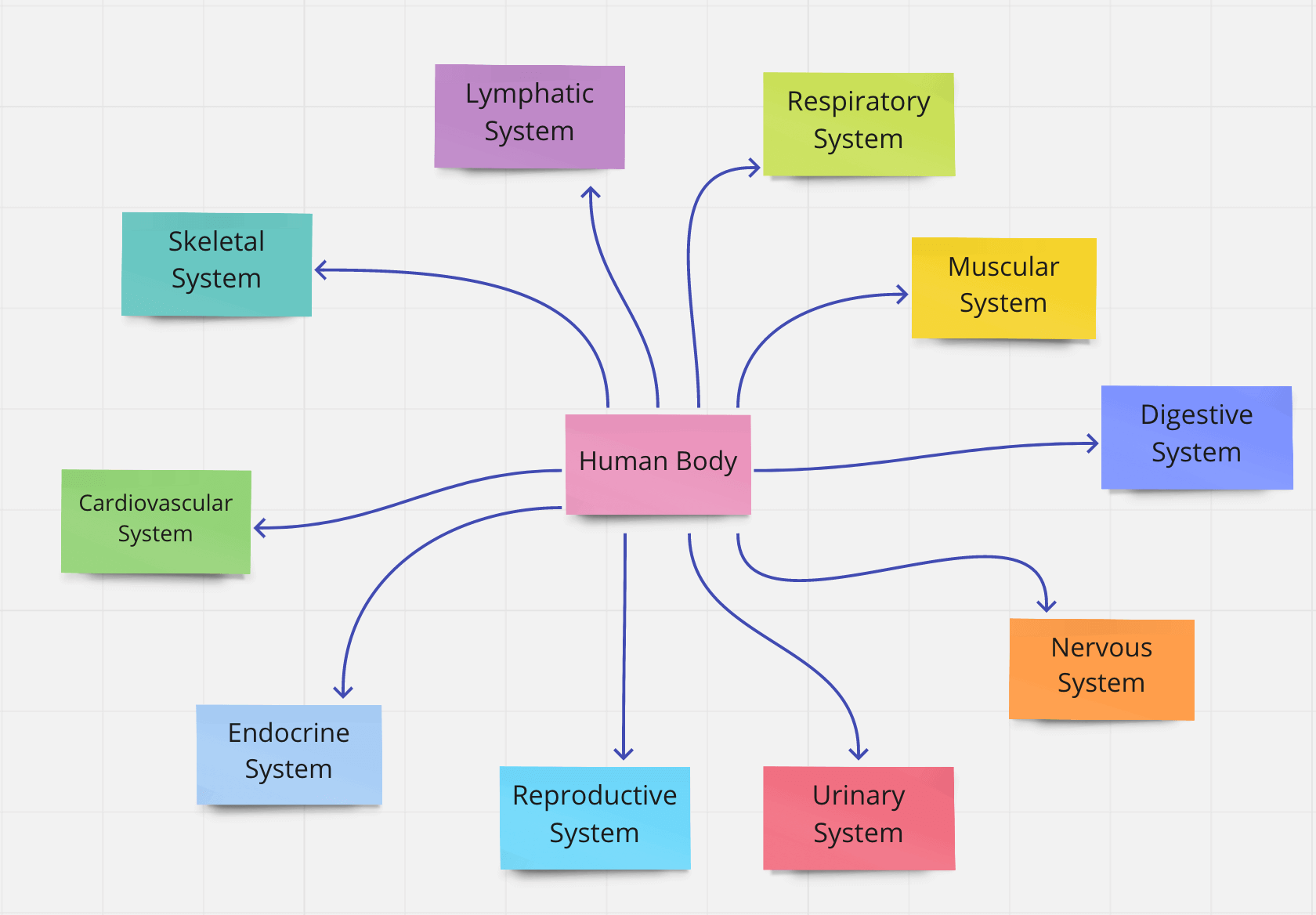The Science of Note-Taking: Cornell vs. Mind Mapping
In today's fast-paced learning environment, efficient note-taking is more than just a useful talent; it's a superpower. The way you gather and arrange information can determine your academic success, whether you are a university student, a high school student, or studying for competitive exams.
However, with so many approaches available, how can you tell which ones are effective? Mind Mapping and Cornell Note-Taking are two of the most well-known and scientifically supported techniques. This article will help you choose the best system for you by examining the neuroscience and psychology underlying both.
The Science of Why Note-Taking Is Important
Cognitive psychology research indicates that actively participating in note-taking enhances memory retention. Students who take notes by hand retain more conceptual information than those who type, according to a 2014 study by Mueller and Oppenheimer, which found that handwriting slows down the note-taking process and requires more cognitive processing.
This processing results in deep encoding, which is crucial for the development of long-term memories. Therefore, it's important not only to record information but also to organize it and engage with it.
Method 1: The Cornell Note-Taking System
What it is:
This technique, which was created at Cornell University in the 1950s, splits your page into three parts:
Cue Column (left): Enter questions or keywords here.
Notetaking Area (right): This is where the main lecture notes and information are kept.
Bottom line: At the end of the lesson, summarize the page in a few sentences.
The reasons it functions are as follows:
Promotes active recall by asking questions in the cue column.
Facilitates review, which supports spaced repetition.
It compels you to summarize and reflect, enhancing understanding.
Ideal for:
Learners who are structured
subjects with a lot of lectures (history, biology, law)
Cycles of review and test preparation
Approach 2: Mind Mapping
What it is:
Mind mapping, which was developed by Tony Buzan, uses diagrams that begin with a central concept and expand into visual symbols, keywords, and subtopics. It replicates the brain's natural thought process.
Explanation of its functionality:
Makes use of visual memory and connections.
Promotes imaginative and adaptable thought.
Aids in idea synthesis and big picture perspective.
Ideal for:
Innovative Thinkers
Subjects that are heavy in concepts (literature, design, philosophy)
Essay planning and brainstorming sessions
Cornell vs. Mind Mapping: Which Is Superior?
There is no answer that fits all situations. The most effective method varies according to your study objectives, subject matter, and learning preferences.
Feature Cornell Notes Mind Mapping
Structure Very organized Flexible and nonlinear
Ideal for Memorization, Review Brainstorming, Ideas
Moderate, quick once learned, and time to create
Visual Engagement High Low
Review Efficiency: Excellent, Fair, Moderate
Tip: Combine Them!
Why limit yourself to one option? Some students thrive by taking Cornell-style notes during lectures and later turning those notes into mind maps to help them review and connect concepts. This combined strategy engages both analytical and creative thinking.
Conclusion
Your notes serve as a learning aid rather than just a record. What matters most is how actively you engage with the content, regardless of whether you prefer the organized sophistication of Cornell Notes or the freeform imagination of Mind Mapping.
Try. Reflect. Change.
Because the most effective strategy for perfecting your study habits is the one that suits you best.
Visit www. smartstudys. com to discover more learning methods and improve your academic performance!


Post a Comment
0Comments